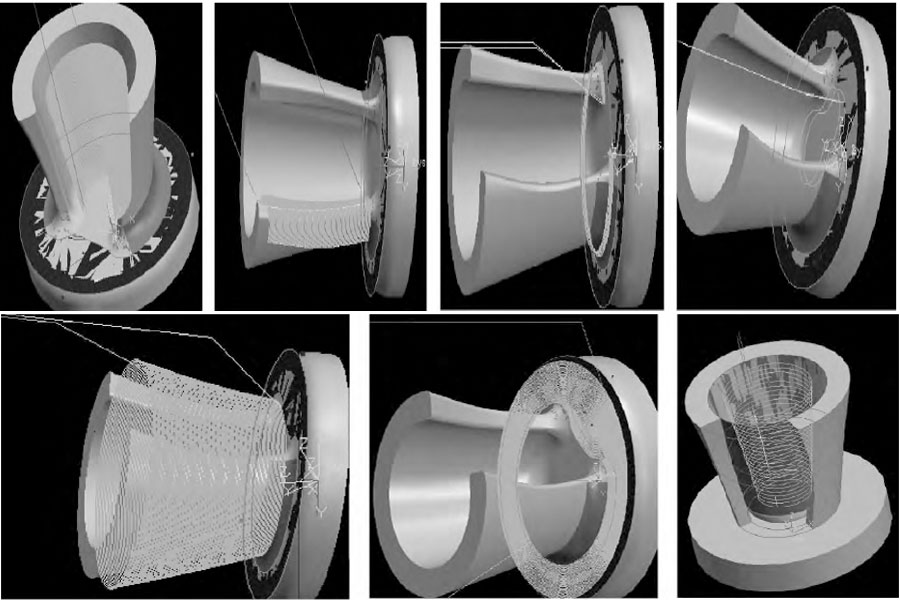Precision casting includes: precision casting, precision carbon steel casting and precision stainless steel casting.
Now we will introduce the process design of precision casting
We design the mold or drawing according to the sample provided by customers, and design the casting system with CAE simulation pouring software.
Mold making: we make the three-dimensional model of the product according to the sample or drawing, and use the three-dimensional drawing to make aluminum or steel mold.
Wax injection: mix the liquid wax and solid wax to form paste wax paste, inject the wax paste into the metal mold with the wax injection gun, and take out the wax mold after cooling.
Wax parts combination: heating stainless steel welding knife, welding wax pattern on gate rod according to process design requirements.
Paste: immerse the wax set into the cylinder containing water glass and other coatings, and apply the coating.
Sand drenching: apply quartz sand to the wax part group coated with coating, then immerse it in the hardening tank containing ammonium chloride and magnesium chloride, and then dry it, and then carry out the operation of the next layer. This process is repeated for about 6 times.
Dewaxing: the wax parts after hardening of the surface coating are placed in the wax loss tank and heated by steam to dissolve and fall off the wax, leaving sand mold shell.
Mold shell roasting: the mold shell is placed in the baking furnace to increase its strength.
Casting: the raw materials are put into the medium frequency electric furnace for melting, and the metal elements are added for material formulation. The temperature of molten steel rises to about 1600 degrees. After the chemical analysis in front of the furnace is qualified, the molten steel is poured into the mold shell through the pouring ladle, and the molten steel is filled with the cavity and then cooled, and the samples are taken for final inspection after the furnace.
Shell removal: the sand on the casting surface is removed by vibration.
Cutting: cutting the casting from the pouring bar with oxygen acetylene flame.
Grinding: grinding the riser with a grinder; grinding the bad surface with a grinder.
Heat treatment: normalizing, annealing, quenching and tempering, induction quenching, carburizing, nitriding and other heat treatments are carried out for castings according to material requirements.
Machining: according to the requirements of the drawing, use for gold cnc machining.
Final inspection: the mechanical properties of the test bar are tested by tensile machine, impact testing machine, hardness machine and other testing equipment; the samples are NDT by X-ray, ultrasonic, magnetic particle testing equipment; and the final dimension inspection of products is carried out by means of three coordinates, measuring tools and calipers.
Package and delivery: after rust proof treatment on the surface of qualified products, they are put into glued board boxes or iron cases and then delivered.
